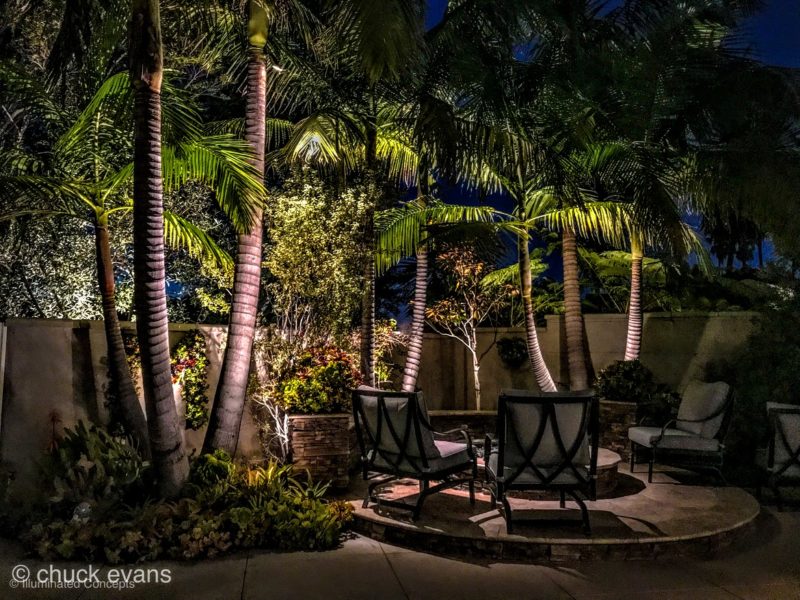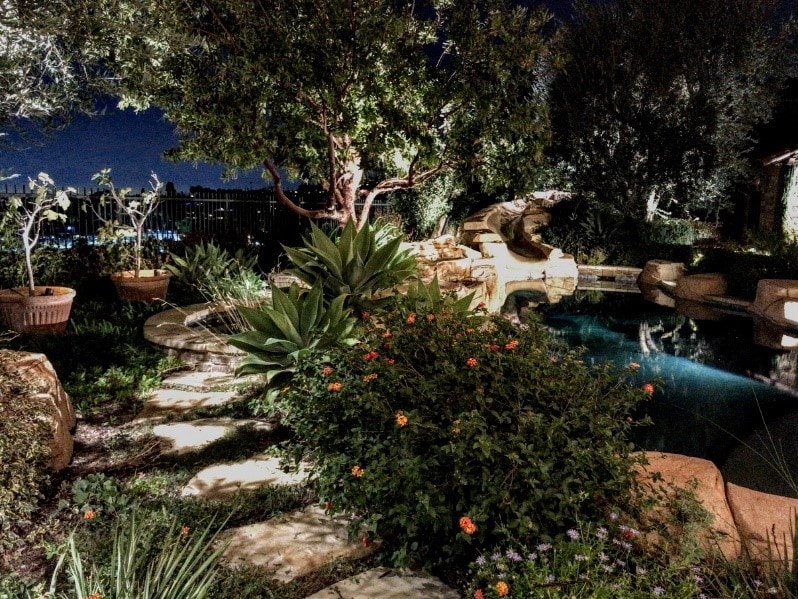Choosing the Right Type of Landscape Lighting
Professional landscape lighting is an important way to enhance your property’s overall appearance and value. When it comes to selecting the right lighting for your property, there are several different types of lights to choose from. These include spotlighting, downlighting, and lighting. By taking the time to choose the right lighting, you can ensure that you are getting the most from your investment.
Up lighting
There are a variety of factors to consider when planning for landscape lighting. You’ll need to consider your budget, your lighting needs, and your desired effect. A good landscape lighting company will guide you through the process and make recommendations.
Uplighting is a simple and common technique for highlighting garden features. It adds depth to your landscape, highlighting tall structures or the underside of a tree canopy.

Landscape Lighting
Uplighting can be achieved by placing a light directly on the surface or embedding it within the branches. Both techniques offer distinct advantages. However, one will work better for certain applications.
Downlighting is a great option for illuminating dark areas in your yard. It provides a welcoming feel, and it can even provide safety.
Down lighting
Professional landscape lighting is an effective way to enhance your home’s exterior. If done correctly, it can highlight important features, create a warm ambiance, and even increase the value of your property. It is often inexpensive to run, and can make your outdoor space look stunning. But before you start, you should be aware of the different types of light.
Uplighting is a type of landscape lighting that shines upward from a lamp or other source. This lighting technique is perfect for tall structures or plants. You can also use lighting to highlight architectural columns or other interesting objects.
Downlighting is another type of lighting that is popular in landscaping. This technique is typically used to illuminate walkways and seating areas. When used properly, downlighting can help guests to see what they are eating, and it can make paths safe.
Spotlighting
Whether you’re designing a new landscape or just adding to your current one, spotlighting can provide dramatic effects. Depending on the style of your home, lighting can draw attention to specific architectural features, highlight your trees and flowers, and even create ambiance.
The first step is to decide what you want to highlight. Consider the most important features of your property, like the home. For instance, your driveway and sidewalks should be well-lit. This can help add curb appeal and safety during the night.
If you’re working with trees, you can create a sense of height and drama by spotlighting their trunks. You can also use light to create shadows from the limbs of trees. Using a wide-beam light can help cast an even light over a large area.
Silhouetting
Silhouetting is a lighting technique that produces a small but impressive effect. It involves placing a light below, behind or above an object, creating a shadow on that object. This is often used to create a silhouette, but it can be used to highlight other objects in the landscape.

Landscape Lighting
Silhouetting is not the most common technique for landscape lighting. However, it is a useful one. Aside from highlighting the main feature, it can also provide a hint of mystery.
Other forms of landscape lighting include spotlighting and up-lighting. These techniques are particularly helpful for highlighting features such as statues or other decorative items.
Low-voltage lighting
If you want to light up your yard, you might consider installing low-voltage landscape lighting. It offers many benefits over standard line voltage lights, such as safety, energy efficiency, and more. This type of lighting system can add a sense of drama to your home’s features, and it’s easy to install.
However, it’s important to know what to expect before starting your project. First, you’ll need a transformer. This will turn 120 volts into 12 volts. The transformer should be located near an outlet. You’ll also need a set of tools to begin your installation.
Before you start digging up the yard, make sure you have the proper permits. Contact your local building department to obtain an electrical permit. Also, consult with the manufacturer of your lighting.
Illuminated Concepts Inc. – OC Lights
https://www.google.com/maps?cid=14125570828538176086
23011 Moulton Pkwy B-5, Laguna Hills, CA 92653, United States
+1 949-455-9914
https://oclights.com/

Leave A Comment